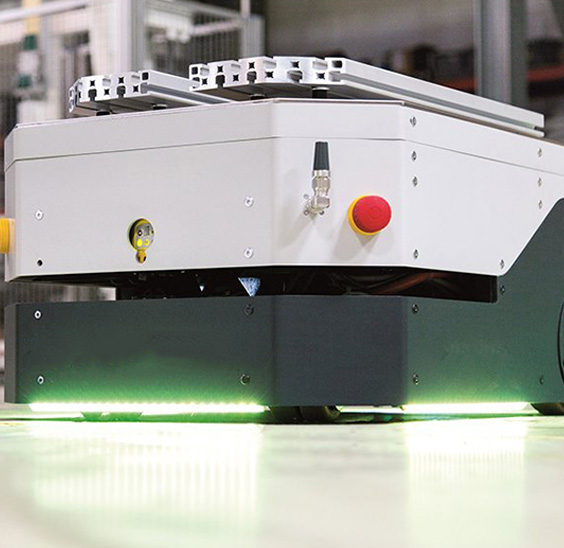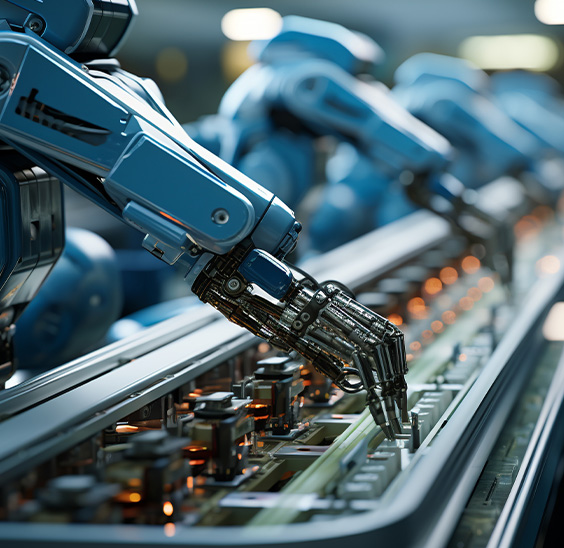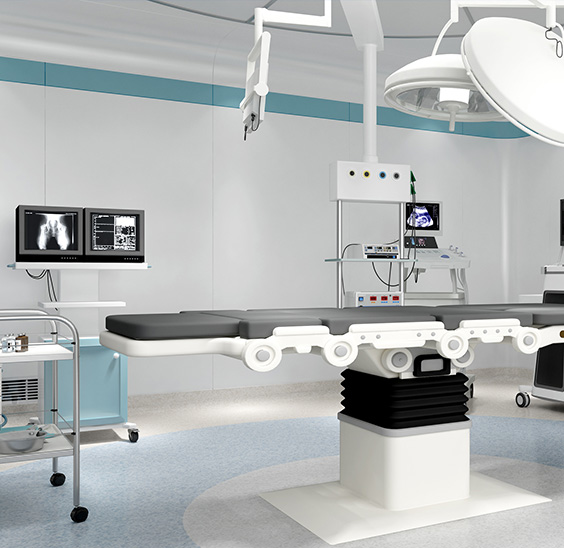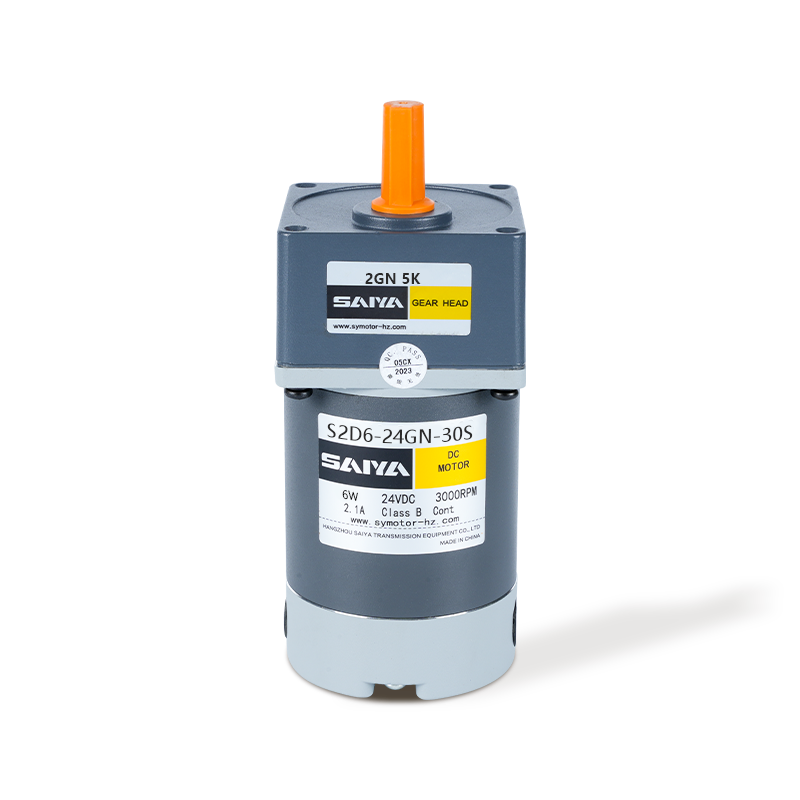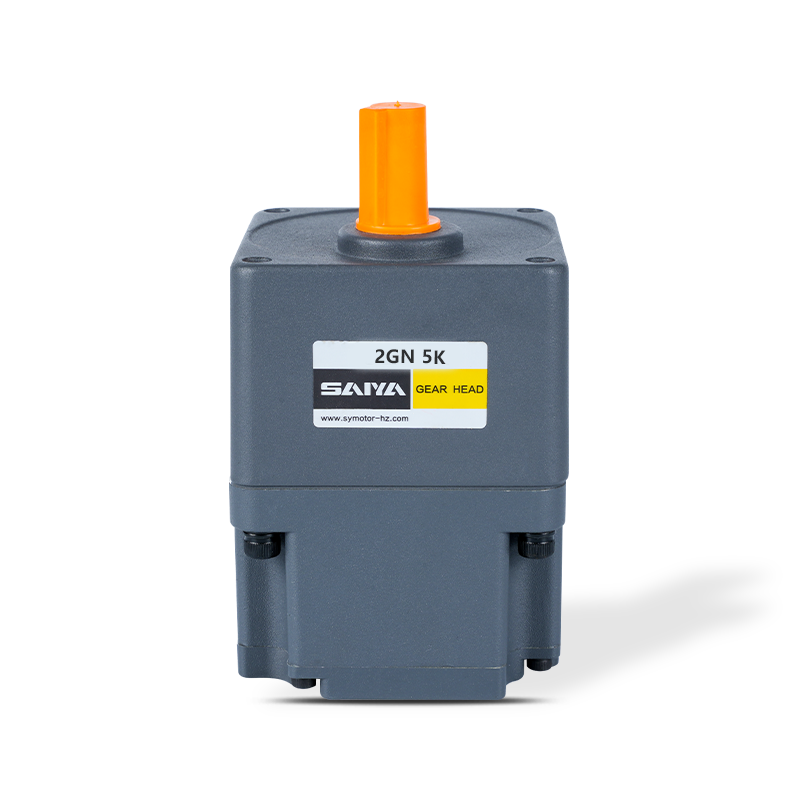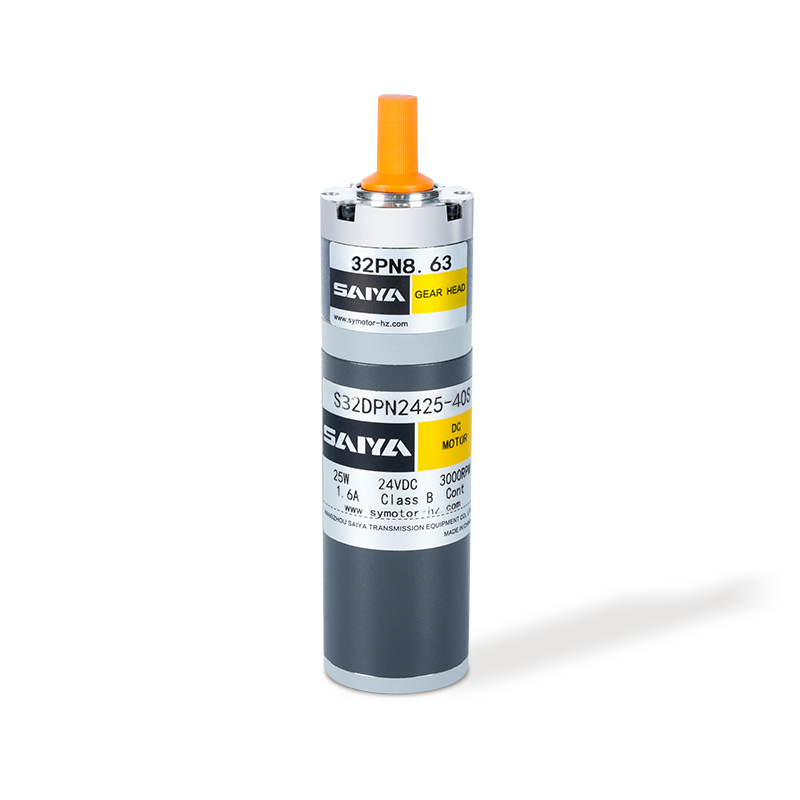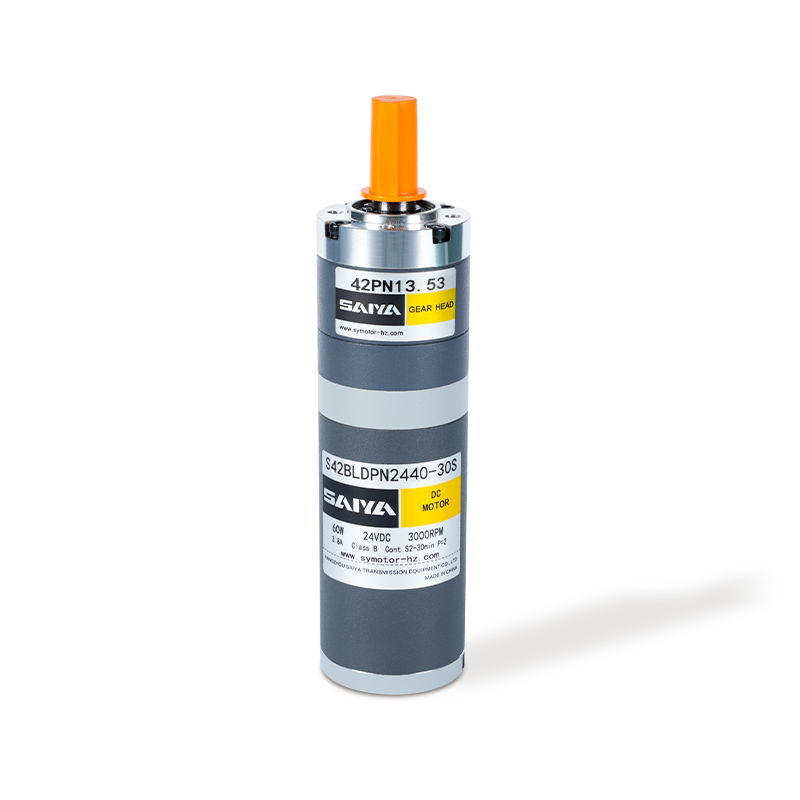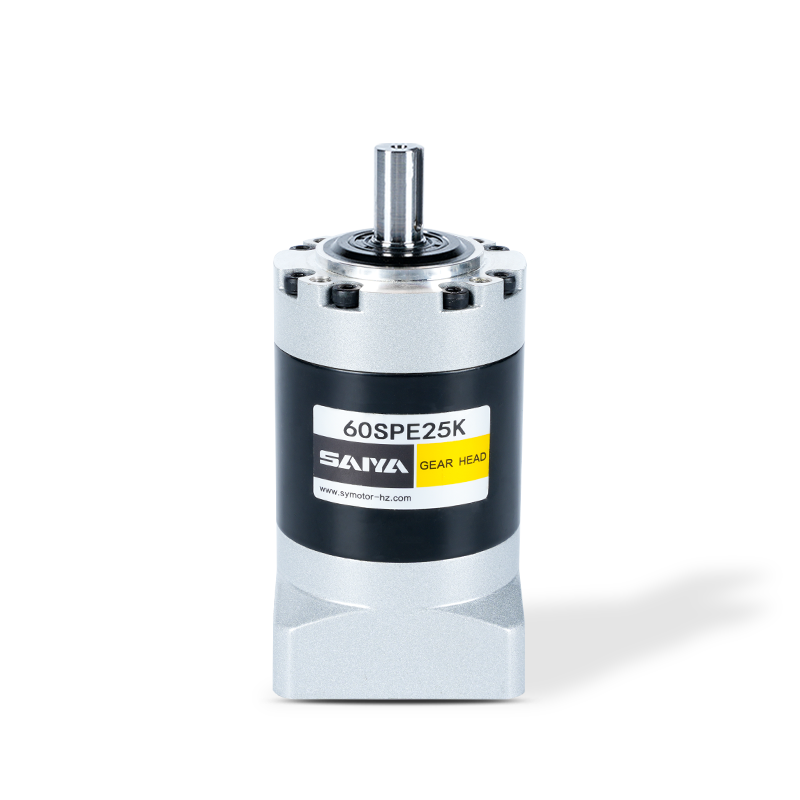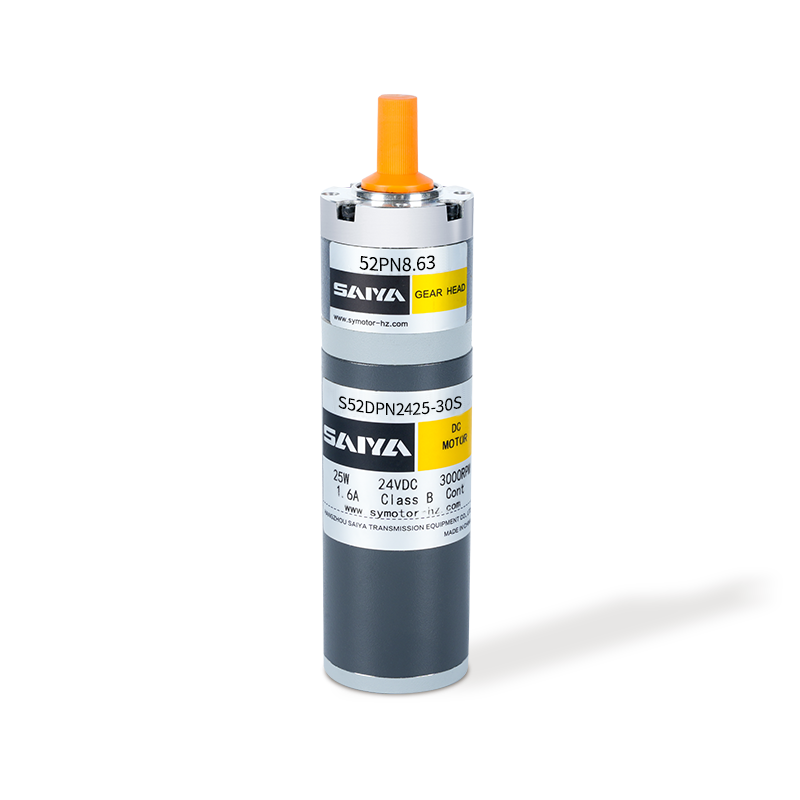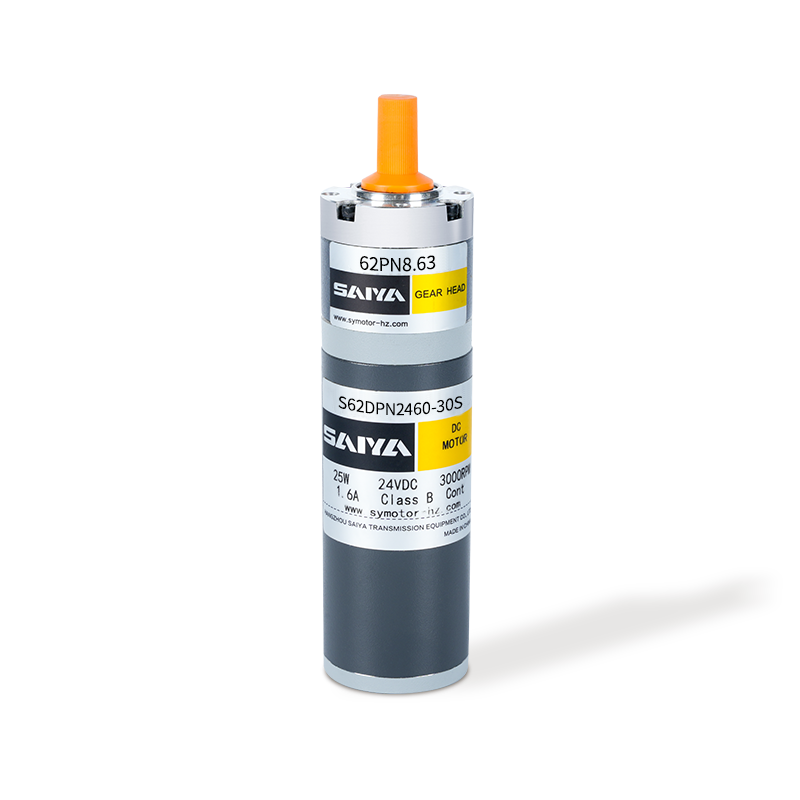What are the key values of choosing Brush DC Gear Motors in modern equipment?
Brush DC Gear Motors, as a composite power unit combining a traditional DC motor and a gear reduction mechanism, play a crucial role in industrial equipment, smart homes, automation systems, and light-load transmissions due to their mature structure, convenient control, and significant cost advantages. With the development of precision manufacturing and intelligent control technologies, these motors have continuously improved in output efficiency, noise control, lifespan stability, and transmission accuracy, becoming a core power component in many transmission scenarios. Analyzing their structural mechanism, operating characteristics, and application trends helps to deeply understand their technological value and industry potential.
Structural Principles and Core Advantages of Brush DC Gear Motors
Brush DC Gear Motors consist of a permanent magnet brushed DC motor and a gear reduction system. The DC motor uses brushes to change the current direction at the commutator, thereby generating continuous and stable mechanical torque. The gear system regulates the output speed and further enhances torque performance, giving the motor superior output capability in low-speed drive scenarios.
This structure endows it with characteristics such as rapid start-up response, simple speed control, stable output torque, and high operational reliability. Because the commutation method relies on brushes, the motor can achieve good power output under low voltage conditions, making it suitable for equipment with certain requirements for drive rhythm, torque stability, and operating noise. Meanwhile, the continuously optimized design of the reduction mechanism significantly improves overall transmission efficiency and service life.
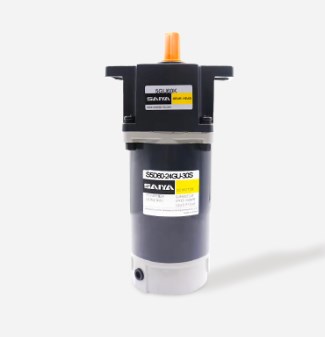
The Impact of the Reduction Structure on the Performance of Brush DC Gear Motors
The gear system plays a crucial role in the entire power unit, determining key performance characteristics such as output torque, transmission accuracy, noise level, and service life. With advancements in processing technology and materials, gears exhibit increasingly superior performance in terms of hardness, strength, wear resistance, and precise meshing, enabling the entire power mechanism to maintain stable operation over extended periods.
The gear reduction structure, through adjustment of the transmission ratio, allows the motor to deliver greater torque while maintaining a compact size. The application of high-precision gears makes output rotation smoother, thereby enhancing control at low speeds and enabling smooth operation even in complex mechanical environments. A well-designed gear layout also significantly reduces noise, allowing Brush DC Gear Motors to perform well in quiet operation.
Brush DC Gear Motors' Performance and Usage Characteristics
This type of motor boasts highly controllable power output, excellent linear response, and robust load adaptability. Due to the simplicity of DC power supply control, smooth speed regulation can be achieved by changing the input voltage, resulting in a flexible and stable power curve during operation. The commutation mechanism provided by the brush structure allows the motor to possess good instantaneous torque at startup, maintaining stable drag capability in the low-speed range.
Simultaneously, the optimized reduction gear mechanism allows the motor to handle higher loads while maintaining a compact size, further improving space utilization efficiency. The current changes and speed signal processing methods during motor operation are also easier to efficiently match with the controller, giving the entire system excellent compatibility and scalability.
Brush DC Gear Motors' Application Value in Industrial and Smart Equipment
With the development of automation technology, Brush DC Gear Motors have shown a steady growth trend in industrial transmission systems, intelligent drive units, consumer equipment, and light automation scenarios. Low noise, ease of control, high reliability, and cost controllability give it a long-term advantage in small and medium-sized equipment.
In mechanisms requiring continuous and stable output, its excellent low-speed performance and controllability ensure consistent power output during long-term operation. Its structural design facilitates integration with various devices, allowing equipment manufacturers to flexibly modify the transmission structure according to their needs, maintaining product competitiveness in a rapidly evolving environment of intelligent and automated technologies.

Brush DC Gear Motors' Technological Evolution and Future Trends
Driven by intelligent manufacturing and lightweight technologies, these motors are evolving towards higher efficiency, lower noise, more precise control, and longer lifespan. New brush materials, low-friction commutation structures, high-strength gear materials, and optimized lubrication systems continuously enhance the stability and lifespan of the overall transmission system.
Future Brush DC Gear Motors will integrate with more sensing systems in digital control, enabling dynamic speed regulation, adaptive load control, and intelligent condition monitoring. With increasing demands for miniaturization, modularization, and energy efficiency, it will maintain a crucial position in more innovative devices. Furthermore, improved supply chain manufacturing capabilities are transforming Brush DC Gear Motors from traditional power components into core electromechanical units that are increasingly extending towards intelligence and high precision.


 EN
EN  English
English 中文简体
中文简体 русский
русский Español
Español
